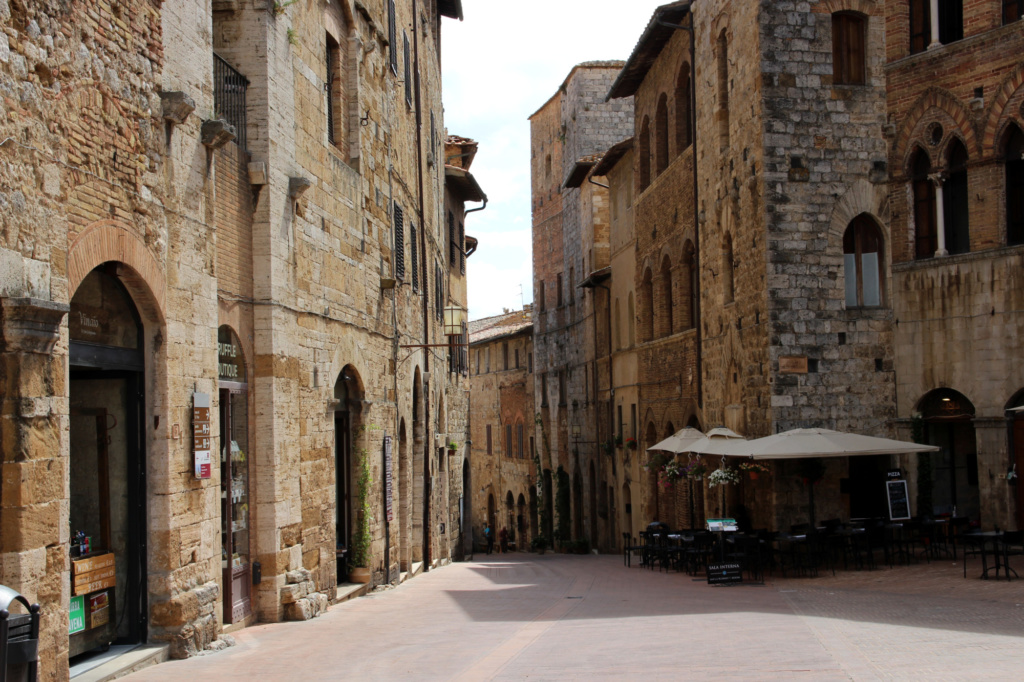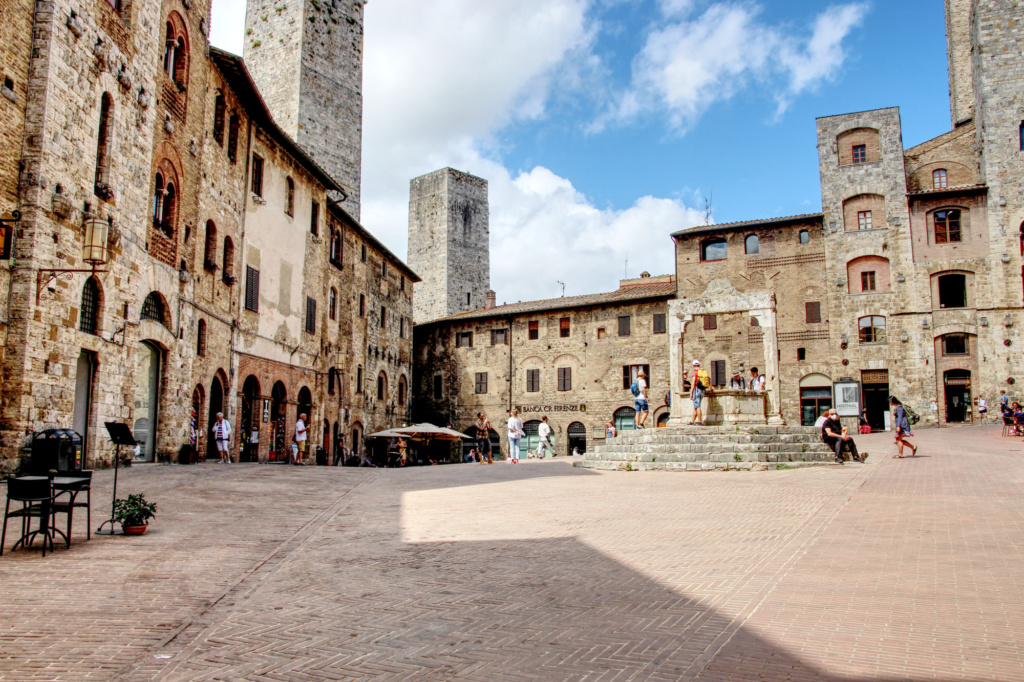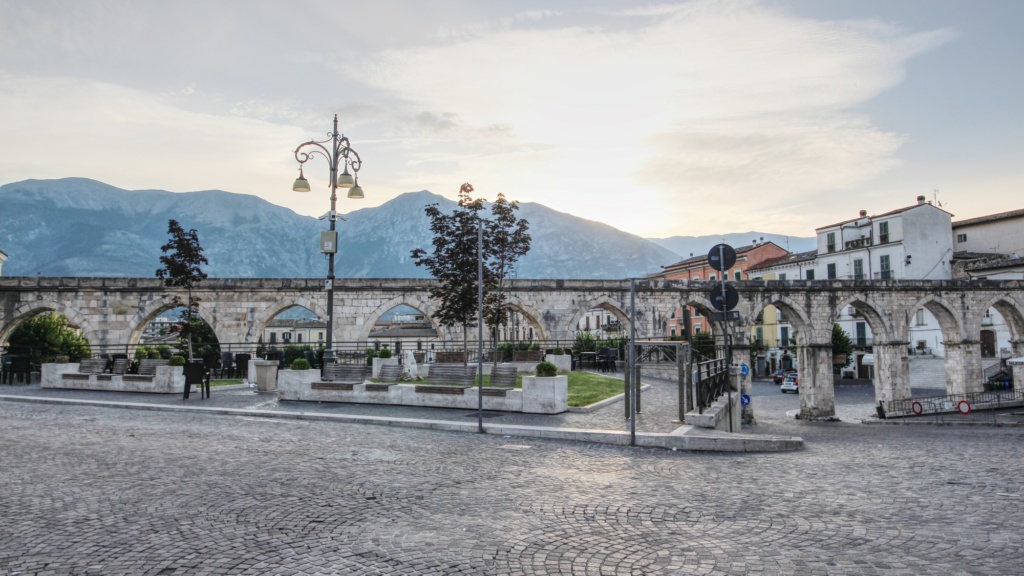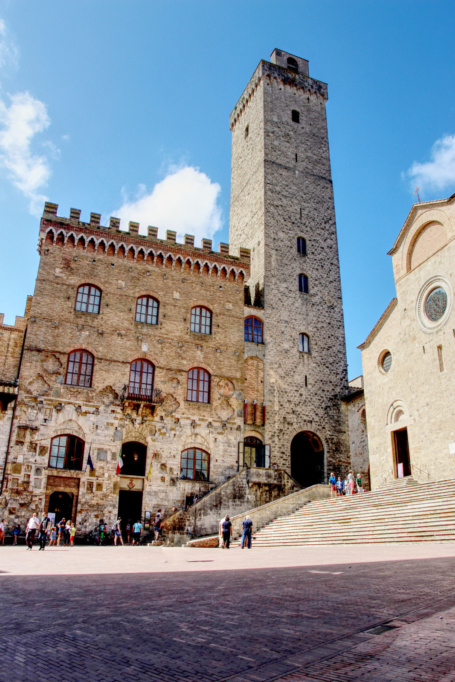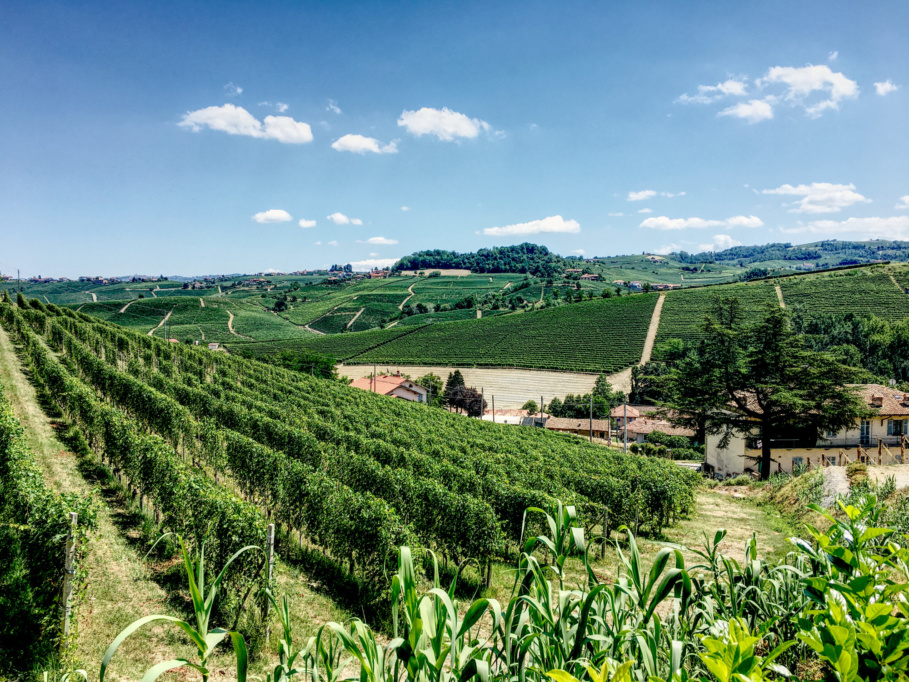San Gimignano Italy Travel Guide A Vagabond Life
Nestled in the heart of Tuscany, Italy, San Gimignano beckons travelers with its enchanting blend of medieval allure and breathtaking landscapes. Known as the “Town of Fine Towers,” this UNESCO World Heritage site is renowned for its iconic skyline adorned with fourteen medieval towers, offering a glimpse into the rich history of the region. Steeped in a legacy that dates back to the Etruscan era, San Gimignano flourished during the Middle Ages as a bustling trade and agricultural center. The town’s strategic location along the historic Via Francigena pilgrimage route contributed to its prosperity, attracting merchants and pilgrims alike. Today, visitors can wander through cobbled streets, explore well-preserved medieval architecture, and savor the unique atmosphere that makes San Gimignano a timeless gem.
Beyond its architectural splendors, San Gimignano captivates the senses with its world-class wines, delectable cuisine, and panoramic vistas of the Tuscan countryside. Renowned for its Vernaccia wine, the region boasts vineyards that have thrived for centuries, producing some of Italy’s finest vintages. As you stroll through the charming piazzas and sample local delicacies, the town’s culinary delights provide a delightful complement to its historical tapestry. Immerse yourself in the essence of San Gimignano, where every corner tells a story, and every sip of wine transports you to a bygone era of medieval splendor.
San Gimignano Italy Map
How To Get To San Gimignano Italy
Here’s a guide on how to reach San Gimignano using these two modes of transportation:
By Car
From Florence: San Gimignano is approximately 55 kilometers southwest of Florence. Take the Florence-Siena highway (SS2) and follow the signs to Siena. From Siena, follow the signs to San Gimignano.
From Siena: If you’re coming from Siena, take the Florence-Siena highway (SS2) and follow the signs to Poggibonsi. From Poggibonsi, follow the signs to San Gimignano.
Parking in San Gimignano: The town is mostly pedestrianized, and public parking lots are located just outside the city walls. Follow the signs for “Parcheggio” or “Parking” to find suitable areas.
By Bus
From Florence: Buses from Florence to San Gimignano are available. You can take a bus from the SITA or TRA-IN bus companies. The journey takes around 1.5 to 2 hours.
From Siena: Similarly, buses run from Siena to San Gimignano. The journey takes approximately 1 hour. Check the schedules of the bus companies to plan your trip accordingly.
It’s advisable to check current schedules and routes, as they may be subject to change. Additionally, note that having a car provides more flexibility to explore the scenic Tuscan countryside around San Gimignano at your own pace.
Getting Around San Gimignano Italy
Getting around San Gimignano is straightforward, thanks to its compact size and pedestrian-friendly layout. The town’s historic center is best explored on foot, with major attractions, like the iconic towers and historic landmarks, within easy walking distance. For a broader view, you can access the ancient walls for panoramic vistas. San Gimignano also has a reliable local bus service that connects key points in and around the town, providing a convenient option for reaching various attractions. Navigating the town is hassle-free, allowing visitors to efficiently explore its rich history and charming streets.
Things To See & Do In San Gimignano Italy
Discovering San Gimignano: A Journey Through Italy’s Medieval Jewel
San Gimignano, a picturesque hill town in Tuscany, Italy, is renowned for its well-preserved medieval architecture and stunning views of the surrounding countryside. Often referred to as the “Manhattan of the Middle Ages” due to its impressive skyline of medieval towers, San Gimignano offers a rich tapestry of history, culture, and beauty. Here are some of the best things to see and experience in this enchanting town.
The Towers of San Gimignano
The most striking feature of San Gimignano is its skyline dominated by medieval towers. Once, the town was home to 72 towers, built by wealthy families to showcase their power and status. Today, 14 towers remain, each offering a glimpse into the town’s illustrious past. The Torre Grossa, the tallest and most famous tower, stands at 54 meters and is part of the Palazzo del Popolo. Climbing to the top of the Torre Grossa provides panoramic views of the Tuscan countryside and the town’s charming rooftops.
Piazza della Cisterna
This historic square is the heart of San Gimignano and an excellent place to start your exploration. Named after the medieval cistern located in the center, Piazza della Cisterna is surrounded by medieval buildings and restaurants. The square’s cobblestone streets and well-preserved architecture make it a perfect spot to soak up the town’s atmosphere. The buildings around the square showcase a mix of Gothic and Romanesque styles, reflecting the town’s historical importance.
Collegiate Church of San Gimignano (Duomo di San Gimignano)
The Collegiate Church, or Duomo, is a must-visit landmark. This 12th-century church boasts a stunning façade and an interior adorned with beautiful frescoes. The church’s frescoes, including works by Bartolo di Fredi and Benozzo Gozzoli, depict biblical scenes and are notable for their vivid colors and detailed craftsmanship. The frescoes offer insights into medieval art and the town’s religious history.
Palazzo del Popolo
Adjacent to Piazza della Cisterna, the Palazzo del Popolo is an impressive medieval palace that once served as the seat of government. The building is known for its grand façade and the Torre Grossa, which rises from its corner. Inside, you can explore the town hall’s rooms, which include historical exhibits and artworks. The palace also houses the Museo Civico, where visitors can learn more about San Gimignano’s history through various artifacts and art pieces.
San Gimignano 1300 Museum
For a deeper understanding of San Gimignano’s medieval past, visit the San Gimignano 1300 Museum. This museum features a detailed model of the town as it appeared in the 14th century, providing a fascinating visual representation of its historical layout. The museum’s exhibits include historical documents, medieval tools, and artworks that illustrate life in San Gimignano during the Middle Ages.
The Church of Sant’Agostino
This beautiful church, located slightly off the main tourist path, is worth a visit for its serene atmosphere and artistic treasures. Built in the 13th century, the Church of Sant’Agostino features a Gothic façade and a simple yet elegant interior. Inside, you’ll find notable frescoes by the artist Andrea di Bartolo and a peaceful cloister that offers a moment of tranquility away from the bustling town center.
The Museum of Sacred Art
Located in the former convent of San Francesco, the Museum of Sacred Art houses a collection of religious artworks and artifacts from the town’s churches. The museum’s exhibits include medieval sculptures, paintings, and liturgical objects that provide insights into the religious and artistic heritage of San Gimignano. The museum’s setting in the convent adds to the historical ambiance of the collection.
Gelato at Piazza della Cisterna
No visit to San Gimignano is complete without sampling the town’s famous gelato. Head to one of the gelaterias around Piazza della Cisterna to taste award-winning flavors made from local ingredients. Enjoying a gelato while sitting in the picturesque square is a delightful way to experience the town’s charm.
San Gimignano, with its medieval towers, historic buildings, and cultural treasures, offers a captivating journey through Italy’s past. Whether you’re exploring its ancient streets, admiring its art and architecture, or simply savoring local treats, San Gimignano promises an unforgettable experience in the heart of Tuscany.
